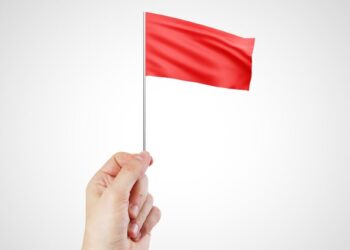The largest super funds generally had the strongest social media presence, and industry super funds had a marginally stronger presence on social media, according to a report.
A Meltwater report into social media and the super industry found AustralianSuper had the largest presence on social media at 29 per cent, followed by SunSuper (20 per cent), HESTA (12 per cent), and QSuper (nine per cent).
“Approximately 55 per cent of all engagement could be attributed to industry funds, in comparison to 45 per cent of engagement for retail super funds,” the report said.
The report found that most references to either industry or retail funds compared one with the other.
Some of the most prominent terms for industry funds on social media were superannuation, auspol, swindle, and outperform retail.
The retail funds’ most used terms were superannuation, auspol, outperform, and swindle.
“Industry funds should perhaps shift the focus to themselves, and look to compete with each other, rather than their retail counterparts,” the report said.
“For retail funds, there appears to be a need to change this perception… Retail funds have a relatively low presence on social media in comparison to that of industry funds.”
AustralianSuper and SunSuper were the top funds that raised women’s issues on social media.
The report found that super funds’ social media posts that highlighted the gender gap in retirement were most prevalent during the lead up to the Federal Budget.




